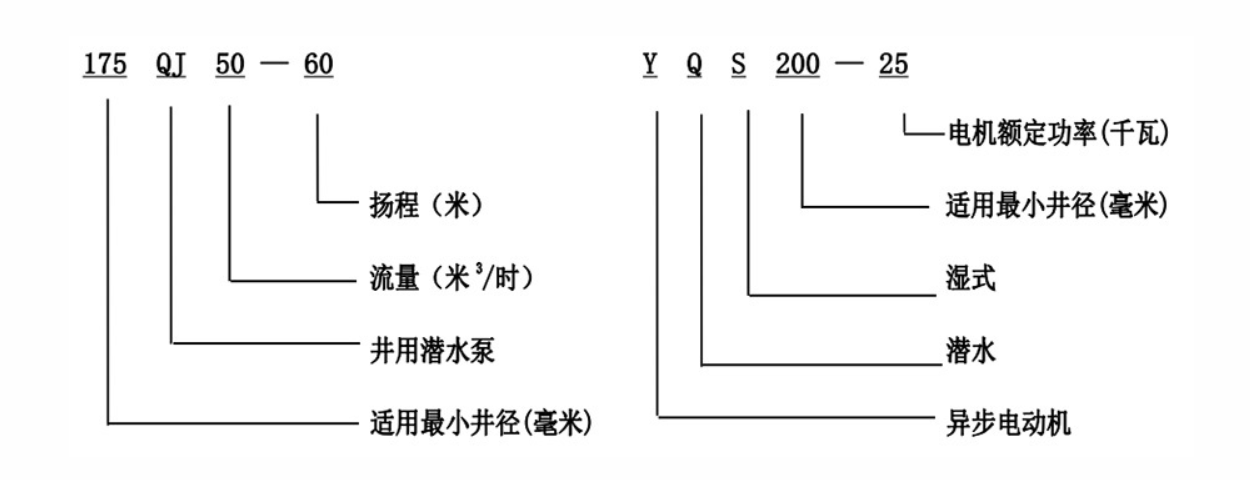Окт . 21, 2024 20:30 Back to list
Water-Filled vs Oil-Filled Submersible Pumps Key Differences and Benefits
Submersible Pump Water-Filled vs. Oil-Filled
Submersible pumps are essential devices used for a variety of applications, including draining water from basements, wells, and construction sites. They are designed to operate underwater, allowing them to efficiently move water or other liquids. One critical aspect in the design and operation of submersible pumps is the choice between water-filled and oil-filled models. This article explores the differences, advantages, and disadvantages of each type, helping users make informed decisions based on their specific needs.
Water-Filled Submersible Pumps
Water-filled submersible pumps, as the name suggests, utilize water as the primary coolant and lubricant within the motor. These pumps are typically designed for applications where the pump is fully submerged in water. Their main advantage is simplicity; they usually have fewer parts and a less complicated design compared to oil-filled versions. This simplicity often translates into lower costs and easier maintenance.
From an environmental perspective, water-filled pumps are generally more eco-friendly. Since they do not contain oil, there is no risk of oil leaks contaminating surrounding water sources. Additionally, users may find water-filled pumps suitable for potable water applications, as they do not use any substances that might compromise water quality.
However, water-filled pumps do have some limitations. They can often struggle in applications involving high temperatures or extreme conditions, as the water used for cooling can become less effective. Furthermore, these pumps may not perform as efficiently under high pressure, which could be a concern for some industrial applications.
Oil-Filled Submersible Pumps
submersible pump water filled vs oil filled

In contrast, oil-filled submersible pumps are filled with oil to cool and lubricate the motor. The oil used in these pumps can effectively manage heat, allowing them to operate at higher temperatures and in more demanding applications. This makes them suitable for environments like sewage or wastewater treatment, where the pump needs to handle heavy-duty tasks.
One of the notable benefits of oil-filled pumps is their ability to operate in deeper waters. The density of oil provides better buoyancy, which enhances the overall efficiency of the pump. Furthermore, oil helps reduce the wear and tear on mechanical components, potentially extending the lifespan of the pump.
However, oil-filled pumps are not without their drawbacks. The use of oil raises environmental concerns, as leaks can lead to contamination of water sources. Maintenance can also be more complex due to the need to monitor oil levels and replace the oil periodically. Additionally, if an oil-filled pump fails, it may result in significant environmental damage, leading to costly cleanup efforts.
Choosing the Right Pump
When deciding between a water-filled and oil-filled submersible pump, several factors should be considered. For general domestic tasks such as draining a pool or basement, a water-filled pump might be the ideal choice due to its cost-effectiveness and environmental advantages. However, for industrial applications requiring deeper submersion, higher temperatures, or larger volumes, an oil-filled pump may be necessary.
In conclusion, both water-filled and oil-filled submersible pumps have their respective benefits and drawbacks. Understanding the specific application and environmental factors is crucial when selecting the appropriate type of pump. By weighing these considerations, users can make choices that not only meet their operational needs but also adhere to environmental standards, ensuring efficient and responsible usage of these vital devices.
-
Submersible Water Pump: The Efficient 'Power Pioneer' of the Underwater World
NewsJul.01,2025
-
Submersible Pond Pump: The Hidden Guardian of Water Landscape Ecology
NewsJul.01,2025
-
Stainless Well Pump: A Reliable and Durable Pumping Main Force
NewsJul.01,2025
-
Stainless Steel Submersible Pump: An Efficient and Versatile Tool for Underwater Operations
NewsJul.01,2025
-
Deep Well Submersible Pump: An Efficient 'Sucker' of Groundwater Sources
NewsJul.01,2025
-
Deep Water Well Pump: An Efficient 'Sucker' of Groundwater Sources
NewsJul.01,2025
-
 Submersible Water Pump: The Efficient 'Power Pioneer' of the Underwater WorldIn the field of hydraulic equipment, the Submersible Water Pump has become the core equipment for underwater operations and water resource transportation due to its unique design and excellent performance.Detail
Submersible Water Pump: The Efficient 'Power Pioneer' of the Underwater WorldIn the field of hydraulic equipment, the Submersible Water Pump has become the core equipment for underwater operations and water resource transportation due to its unique design and excellent performance.Detail -
 Submersible Pond Pump: The Hidden Guardian of Water Landscape EcologyIn courtyard landscapes, ecological ponds, and even small-scale water conservancy projects, there is a silent yet indispensable equipment - the Submersible Pond Pump.Detail
Submersible Pond Pump: The Hidden Guardian of Water Landscape EcologyIn courtyard landscapes, ecological ponds, and even small-scale water conservancy projects, there is a silent yet indispensable equipment - the Submersible Pond Pump.Detail -
 Stainless Well Pump: A Reliable and Durable Pumping Main ForceIn the field of water resource transportation, Stainless Well Pump has become the core equipment for various pumping scenarios with its excellent performance and reliable quality.Detail
Stainless Well Pump: A Reliable and Durable Pumping Main ForceIn the field of water resource transportation, Stainless Well Pump has become the core equipment for various pumping scenarios with its excellent performance and reliable quality.Detail
